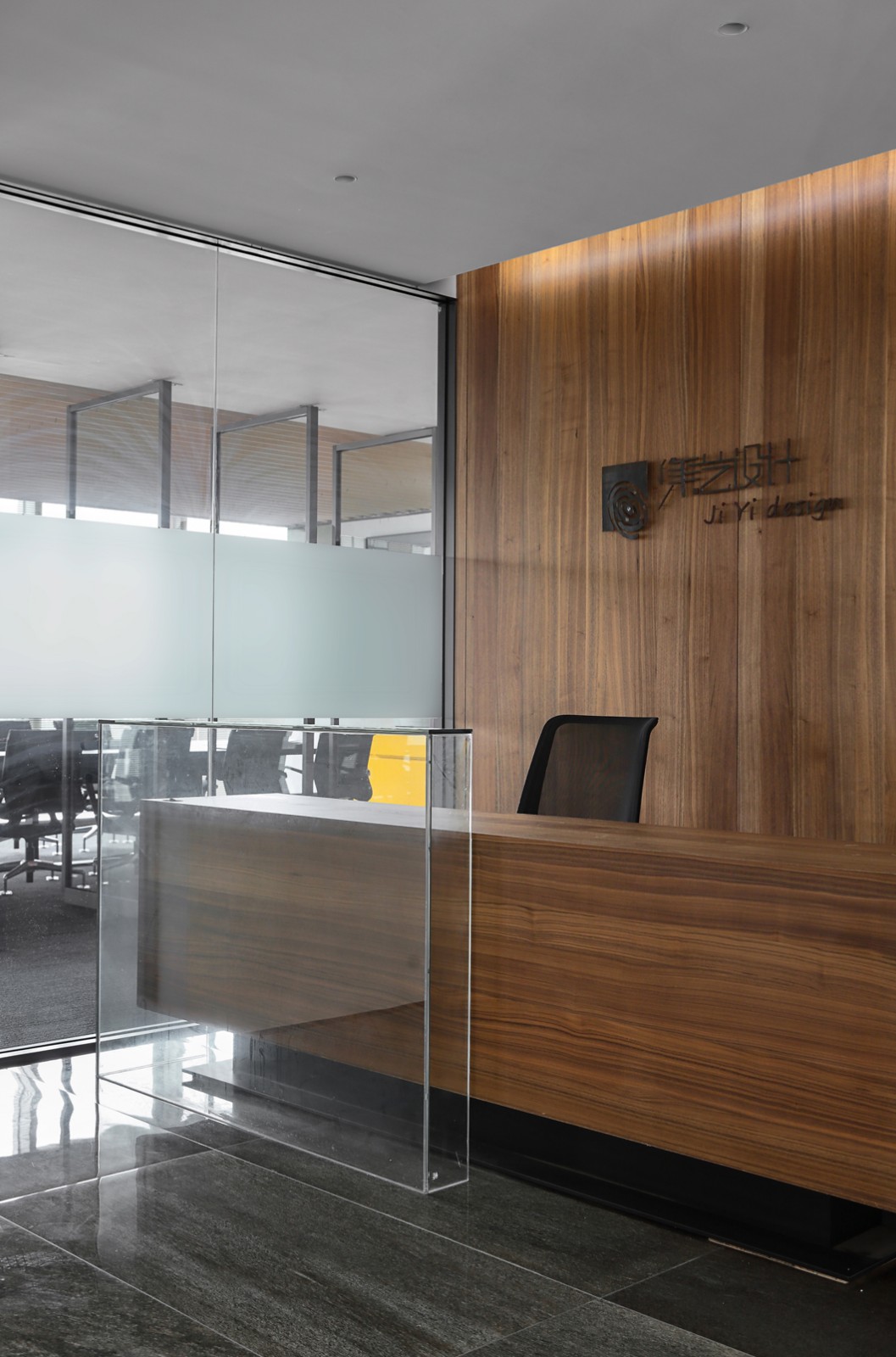House Extension in Prague Martin Cenek Architecture
2012-09-18 20:00
架构师提供的文本描述。布拉格六号的节能住宅是整个改造的结果,也是从60年代起,在城市的西北部,离市中心很近的半成品房屋的大量扩建的结果。客户买了房子的一部分,坐落在一个倾斜的地块上,可以看到布拉格北部的风景线,尽管房子的状况非常糟糕。简约很简单-建造一个现代化的房子,有两个独立的公寓,这将是精力充沛和技术上有效率的。还有人要求在选择材料和建筑技术方面简便易行。
Text description provided by the architects. Energy efficient house in Prague 6 is the result of a complete makeover and substantial extension of a semidetached house from the 1960’s in the north-western part of the city, well close to the centre. The client bought one part of the house situated on a sloping plot with an interesting view of northern part of Prague despite the dwelling’s very bad state. The brief was simple – to create a modern house with two separate flats which is going to be energetically and technologically efficient. Simplicity in the choice of materials and building techniques was also requested.
Courtesy of Martin Cenek Architecture
主要的挑战来自阴谋本身。它向北的方向预先确定了布局以及开口的位置。进入地块和房子是从底部,北面。原始房屋的南部部分沉入石质坡地之下,树荫掩映在绿树成荫之处,另有一栋公寓楼在更高的岩壁上。因此,延伸部分向南开放,在花园的较轻的部分,然而,仍然提供了足够的隐私,从公寓楼居民的意见。
The main challenge came from the plot itself. Its orientation to the north predetermined the layout as well as the placement of openings. Access to the plot and house is from the bottom, northern side. The southern part of the original house is partially sunk below the stony sloping terrain, shaded by grown trees and an apartment house further up the versant. The extension hence opens to the south in more light parts of the garden which, however, still offer enough privacy from the views of the apartment house inhabitants.
Courtesy of Martin Cenek Architecture
最初的体积测量的半意识形态房屋-也是因为不可能干预的另一半,而不是由客户拥有-被尊重,并决定,它的形式将被保留和重复使用。因此,扩展的西部部分重复了这种形式及其完成,试图创造某种自然的连续性,就好像这所房子原本是一栋排屋,而不仅仅是一座半色调的房子。在这端面和原来的房子之间,插入了一种新的、简单的、现代的、高一层的、与之形成鲜明对比的体积。这个立方体有一个不同的完成(未经处理的纤维水泥板),不同的形式的窗户(阴影与外观颜色相同),其紧缩的目的是制造紧张与原来的白色洗涤和相对复杂的体积。
The original volumetry of the semidetached house – also because no intervention was possible into the other half of the house, not owned by the client – was respected and it was decided that its form will be preserved and reused. The western part of the extension hence repeats this form and its finish, trying to create a certain natural continuity, as if the house had originally been a row house rather than just a semidetached one. In between this end-section and the original house, a new, simple, modern, one storey taller, contrasting volume has been inserted. This cubic volume has a different finish (untreated fibre cement boarding), different format of windows (shaded with blinds of the same colour as the facade) and the aim of its austerity is to create tension with the original white-washed and relatively complicated volume.
Courtesy of Martin Cenek Architecture
原来的房子和一半的灰色块包含第一套公寓,为一般用户设计。这套公寓有3层平房和一个屋顶露台。起居室搬到了一楼,以便有更多的空间和光线。底层设有服务室和储藏室,以及通往花园的书房。另一套公寓,完全建在新的延伸部分,是为房主设计的。它的布局反映了地形的配置-客厅位于入口层上方半层,可以直接进入花园。这是一个1.5层高的宽敞空间。
The original house and one half of the grey block contain the first flat, designed for a general user. This apartment has 3 regular storeys and a roof terrace. The living room was moved to the first floor to get more space and light. The ground floor contains service and storage rooms and a study with access to the garden. The other flat, built entirely in the new extension was designed for the owner of the house. Its layout reflects the configuration of the terrain – the living room is located half a storey above the entrance level and has direct access to the garden. It is a 1.5 storey high generous space.
Courtesy of Martin Cenek Architecture
这两个内部的主要和共同的特点是钢楼梯。虽然它们的形状不同,但都是以相同的方式设计的:白色漆包的锯齿形弦杆和细白色的螺纹由水平扁钢条制成的白色栏杆作为补充。轻盈和通畅是主要目标。在业主的公寓里,楼梯漂浮在前两个“沉重”的台阶之上,台阶上有一个穿孔的金属栏杆。
The main and common feature of both the interiors is the steel staircases. Although they are different in shape, both are designed in the same manner: white lacquered zigzag stringers and thin white threads are complemented by white railing made with horizontal flat steel bars. Lightness and airiness were the main goal. In the owner’s apartment, the staircase floats above first two “heavy” more traditional flights of steps which have a perforated metal balustrade.
Courtesy of Martin Cenek Architecture
从技术角度看,该房屋是一种简单的隔热砌体结构,年热损失约为33千瓦小时/平方米。球团燃烧锅炉与太阳能热收集器和贮水缸相结合,为房屋提供热量。这两套公寓都配备了热回收通风设备。
From technological point of view, the house is a simple well insulated masonry construction with an annual heat loss of approximately 33kWh/sqm.a. A pellet burning boiler combined with thermal solar collectors and a water storage cylinder provide heat for the house. Both apartments are equipped with heat recovery ventilation.
 举报
举报
别默默的看了,快登录帮我评论一下吧!:)
注册
登录
更多评论
相关文章
-

描边风设计中,最容易犯的8种问题分析
2018年走过了四分之一,LOGO设计趋势也清晰了LOGO设计
-

描边风设计中,最容易犯的8种问题分析
2018年走过了四分之一,LOGO设计趋势也清晰了LOGO设计
-

描边风设计中,最容易犯的8种问题分析
2018年走过了四分之一,LOGO设计趋势也清晰了LOGO设计






























































































